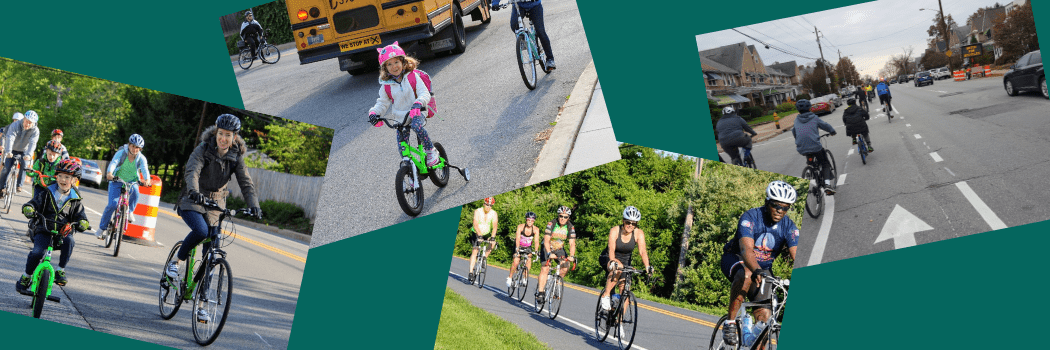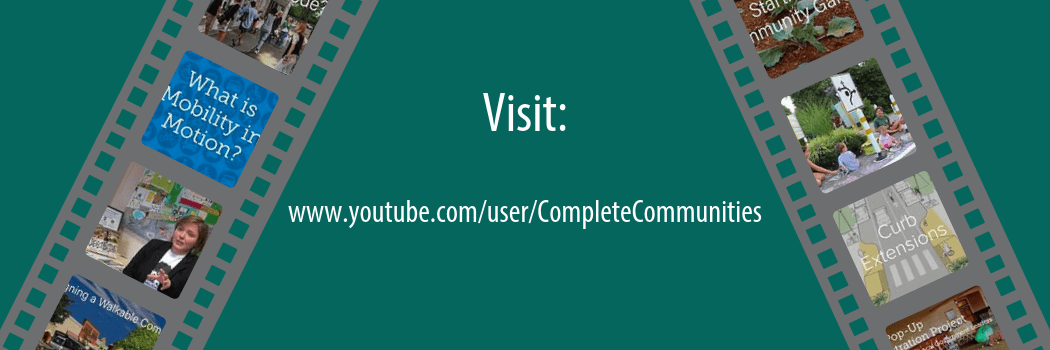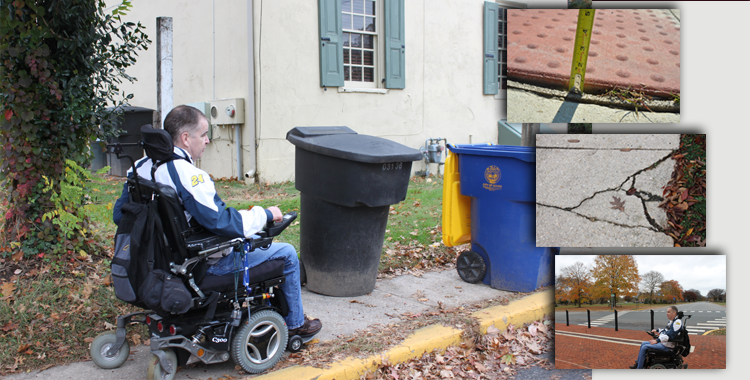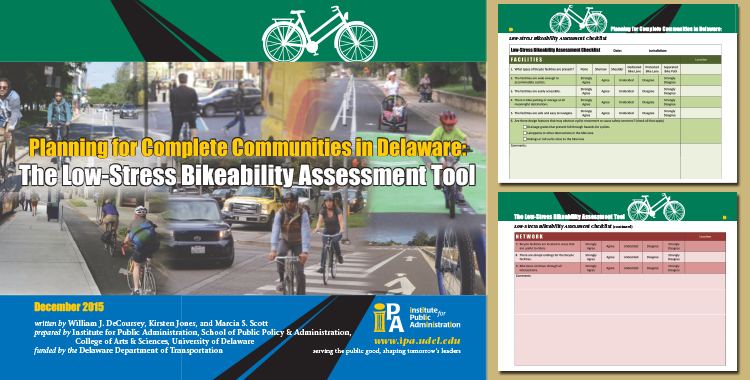
by allyem | Jul 15, 2020 | News
View the new GIS Story Map. It showcases DelDOT’s Bicycle LTS model that provides a basis to plan for a bicycle-friendly Delaware. Low-stress bicycle networks should produce a comfortable experience for bicyclists, of all ages and abilities, through a connected system...

by allyem | Jul 11, 2019 | News, Toolbox
Explore the Complete Communities YouTube Channel for visually engaging tools to help you plan for communities that are attractive, inclusive, efficient, healthy, and resilient places. Check out our playlists for video series that feature interesting topics. Get to...
by Sarah Marshall Pragg | Mar 10, 2017 | News, Toolbox
Delaware’s municipalities are increasingly being asked to focus much of their attention on the state’s expected new growth and development. Municipalities must make difficult decisions that can have long-lasting impacts on the community’s character, economy, and...

by Sarah Marshall Pragg | Aug 2, 2016 | News, Toolbox
This video, entitled Creating ADA-Accessible Communities, highlights Americans with Disabilities Act (ADA) accessibility issues within pedestrian environments. The video features DelDOT ADA Title II Coordinator John McNeal using a Go-Pro camera to record, from his...

by Sarah Marshall Pragg | Feb 12, 2016 | News, Toolbox
Use the newly developed Low-Stress Bicycling Assessment Tool to find out! Planning for Complete Communities in Delaware: The Low-Stress Bikeability Assessment Tool is a resource for Delaware local governments that are considering ways to improve the low-stress...






